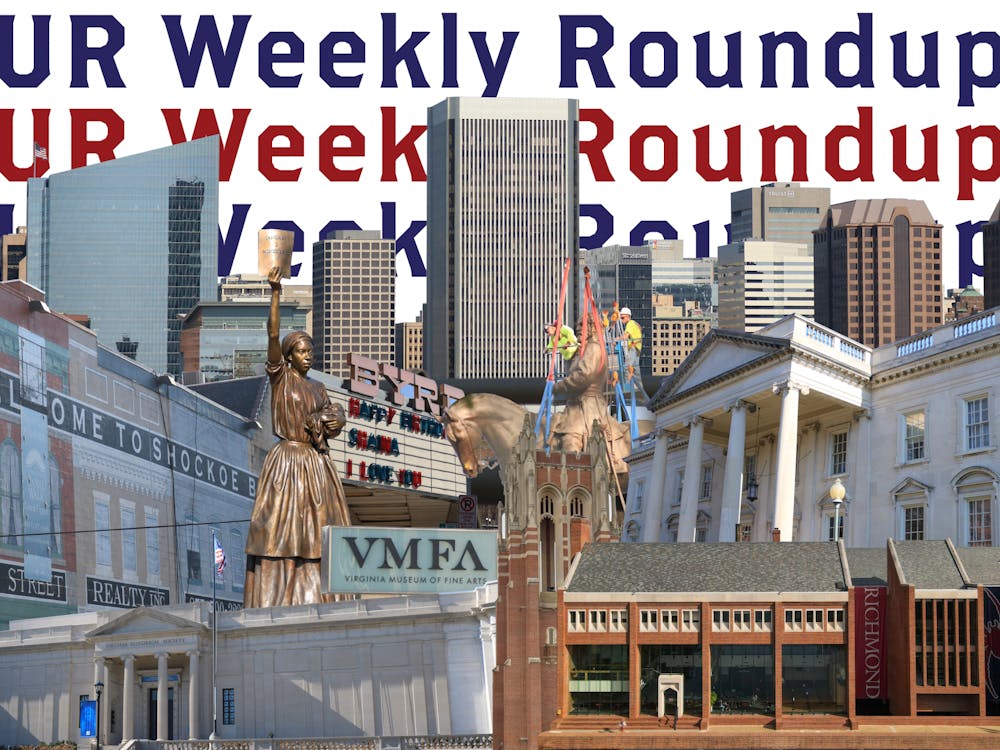There is a basic calculation involved in taking out a student loan: (1) borrow money to pay for school, (2) get a better job with your degree, and (3) with some of the largesse from that awesome job, pay back your student loans. It’s called leveraging your investment. Unfortunately, that calculation too often breaks down and leaves student borrowers unable to pay down a crippling debt load.
The trouble is that student loan borrowing does not follow traditional rules of borrowing. Because there is no collateral to repossess, such as a house or car, the only way for the lender to recover is to force the borrower to work off their debt. (Indentured servitude, anyone?) The government, colleges, and private loan servicers work together to ensure that the repayment process is as long and protracted as possible because it’s immensely profitable to everyone except the students.
Everyone, up to and including the First Lady, is championing a college education as the means by which to “get ahead”. The Department of Education (“DOE”) will lend money to anyone that wants to attend college, saying that no one should be barred from academic achievement because they cannot pay for it upfront. However, since the DOE is neither in the business of underwriting nor collections, private loan servicers handle most of the actual transactional work. They write the contracts, they decide amortization structures, and they initiate collections proceedings against defaulting borrowers.
This policy of “investment in education” has a twofold effect: schools have essentially no limits or oversight when setting tuition costs, and loan servicers have no incentive to get students out of debt. Students can, in most cases, borrow the full cost of their tuition without qualifications such as educational quality or future earning potential. A 2014 DOE study quotes the average cost of a four-year degree to be $60,800 accruing interest at 4.29%. A student must immediately secure a job paying between $49-74,000/year to maintain monthly payments of $624, and will end up paying around $15,000 in interest. (Calculation data from FinAid, www.finaid.org). To compare, an undergraduate at University of Richmond will incur $240,000 in debt, have a monthly payment of $2,433, and will pay $55,000 in interest charges.
The schools claim that they are the product of a free market. Students choose a school based on a combination of many factors, from actual programs to housing to football teams, and in order for a school to remain competitive it must be prepared to spend money on all of those factors. Students could choose to attend a bare-bones public school with few amenities, focusing only on their studies, but how many of us do? College culture is now an integral part of our society and everyone wants to have the “experience”- as well as the better job that comes with a theoretically better education.
Loan servicers are for-profit corporations. They are also the product of a free market, and make vast amounts of money off fees, penalties and creative amortization structures. The federal Government Accountability Office and the Consumer Financial Protection Bureau have each issued studies showing that loan servicers deliberately do not make it easy for borrowers to navigate options for reduced payments, consolidation, or other forms of debt relief. The longer a student pays, the more money a loan servicer makes in interest and other charges. The government, as the eventual beneficiary of collections, will help loan servicers by garnishing borrowers’ wages and tax returns, while cheerfully imposing additional penalties of up to 25% of the total amount.
The Department of Education fiercely defends its draconian pursuit of borrowers, saying that if some student loan defaulters are allowed to escape liability the entire borrowing scheme will collapse. The DOE has pushed harsh legislation to make default more difficult and allow loan servicers to pursue borrowers even through traditional bankruptcy. Federal laws also protect colleges, making it extremely difficult to curb tuition increases or enforce standards. A college has to have 30% of its graduates default on loans for three years in a row before even triggering federal oversight. This is purposeful -- student loans are a major source of revenue ($127 billion over the next ten years) for the federal government and Congress is unwilling to risk that income on behalf of a demographic that doesn’t vote.
Pleas for relief have been largely ignored by the judiciary. The courts have said repeatedly that they cannot and will not protect consumers against a “bad bargain” resulting from their own choices. The courts will rarely intervene to protect students or their parents against the consequences of borrowing to finance an education.The end result is that many borrowers find their student loans inescapable, even if they have no hope of ever paying down the debt.
All of this contributes to what many financial analysts are calling the next big financial crisis. The definition of an economic bubble is trade in an asset that substantially deviates from its intrinsic value. A bubble bursts when there are no longer buyers, and those who hoped to leverage their investment into prosperity are left with nothing. When college students are investing far more in their education than they can ever hope to recover, eventually there will be consequences for the entire economy.
Enjoy what you're reading?
Signup for our newsletter
Support independent student media
You can make a tax-deductible donation by clicking the button below, which takes you to our secure PayPal account. The page is set up to receive contributions in whatever amount you designate. We look forward to using the money we raise to further our mission of providing honest and accurate information to students, faculty, staff, alumni and others in the general public.
Donate Now


